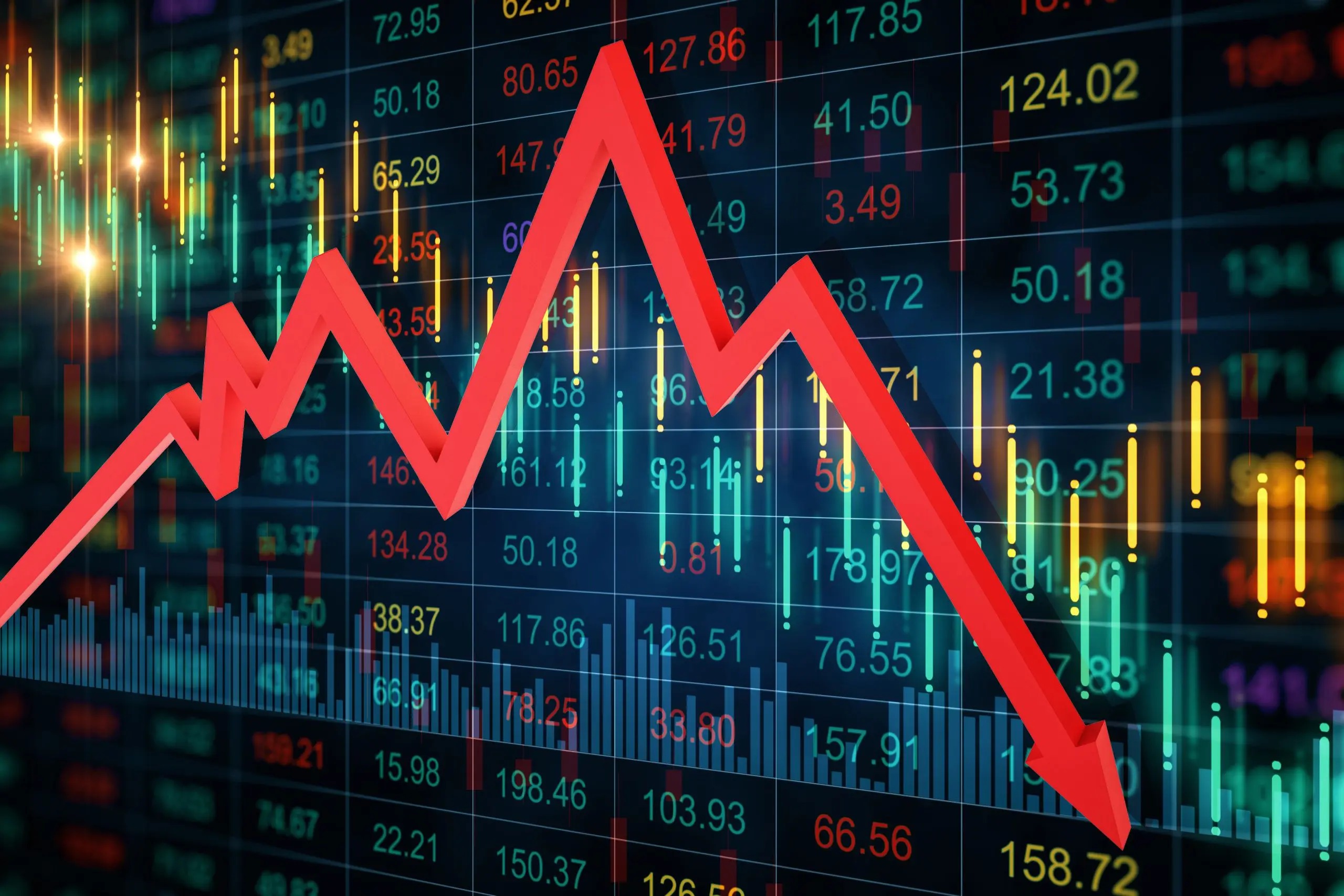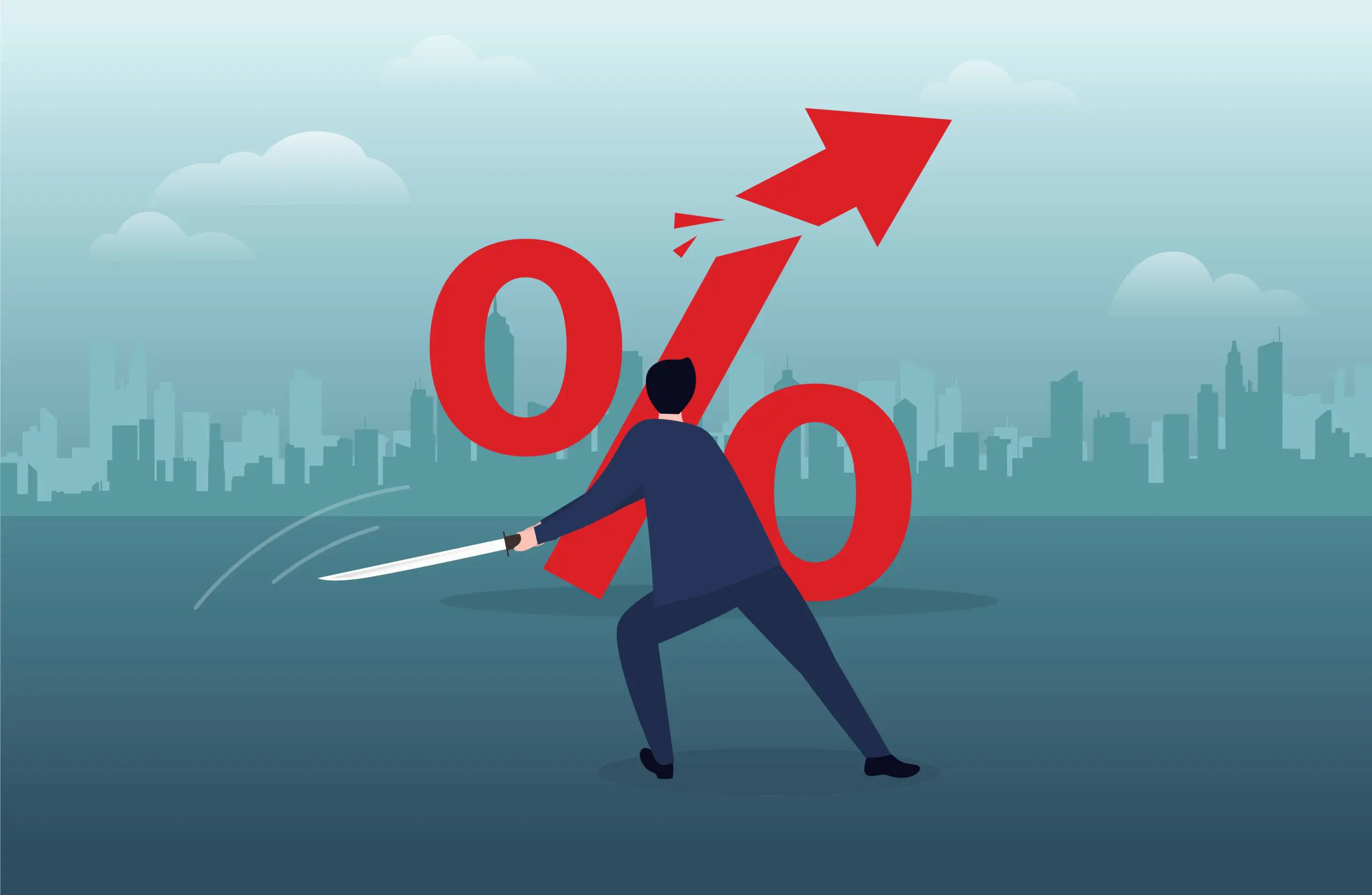Buying individual stocks may be the most tempting thing investors do when it comes to their investments. This temptation increases when the stock market is going up, which is historically 80% of the time.
The way many investors choose which individual stocks to buy usually depends on the hot stock at the time. As that stock rises, investors get FOMO, known as the Fear Of Missing Out, and continue to buy shares of those stocks. When investors buy more shares, the stock price goes up.
FOMO is not a reason to buy a stock. But it is why certain stocks go up over short periods of time. Just ask investors who purchased Gamestop (GME) or AMC Entertainment (AMC) shares during the first quarter of 2021.
In the short term, the stock price goes up or down based on the relationship between how many buyers of the stock there are vs. how many sellers of the stock there are. More buyers than sellers translate into higher stock prices, with the opposite resulting in a decline in the stock price.
Professional traders look at something called the put-call ratio to determine how the price of a stock may move. A ‘put’ is an option to sell a stock at a predetermined price. Buyers of put options hope a stock goes down. A ‘call’ is an option to buy a stock at a specific predetermined price. Buyers of call options hope the stock goes up so they can exercise the stock and buy it at a lower price. The put-call ratio is calculated by dividing the number of put options by the number of call options. The higher the number, the more bearish investors are about the stock. The lower the number, the more bullish investors are about the stock.
But even the put-call ratio can be misinterpreted. A very high or very low put-call ratio may mean that the stock may be overbought or oversold. Since stocks tend to rise over the long term, the expectation is that the number of call options outweighs the number of put options. This means the expectation is that a normal put-call ratio is probably less than 1.
The CBOE (Chicago Board Options Exchange) tracks puts and calls on individual stocks as well as indexes. As of June 1, the put-call ratio for the S&P500 index is 1.6, which is bearish. Whether investors are too bearish remains to be seen.
The problem with buying a stock based on the fact that everyone else is buying the stock is that many investors may decide they no longer wish to own the stock. At that point, FOMO kicks in again, and investors sell the stock. But by this time, the stock price has fallen. Many times, investors would have lost money on the trade.
The numbers bear this out. Looking at some of the stocks that became very popular during the pandemic, resulting in many investors buying shares, we can see how FOMO affected the stock price.
Company Price Increase 3/1/20 -12/31/20
Peloton 468.45%
Zoom 221.26%
DocuSign 157.56%
Netflix 46.53%
S&P500 21.55%
Clearly, the returns for the ten months ended December 31, 2020, included many investors buying shares because they did not want to miss out on owning these stocks.
From Jan 1,2021, through May 31, 2022, a different picture emerges of the performance of those same stocks.
Company Price Increase (Decrease) 1/1/21 -05/31/22
Peloton -90.44%
Zoom -70.15%
DocuSign -62.27%
Netflix -62.24%
S&P 500 11.66%
Keep in mind that the stock price cannot drop more than 100%.
If you look at the entire period from March 1, 2020, through May 31, 2022, the returns are still negative. Yet, the return of the S&P 500 was very significantly quite positive.
Company Price Increase (Decrease) 3/1/20 -05/31/22
Peloton – 50.00%
Zoom – 5.00%
DocuSign – 4.60%
Netflix – 48.19%
S&P 500 33.72%
The severity of the decline in the stock price for many of the stocks above was likely severe enough to cause many investors to sell their shares, locking in a loss.
Obviously, the stocks in this analysis were cherry-picked to illustrate the danger of owning individual stocks, especially those bought because everyone else was buying them. But that is the ultimate problem. It takes too much time for the casual investor to research an individual stock to make an informed decision to buy and then, at some point, sell. The better idea is to forego buying individual stocks and instead buy a well-diversified mutual fund or index fund.



